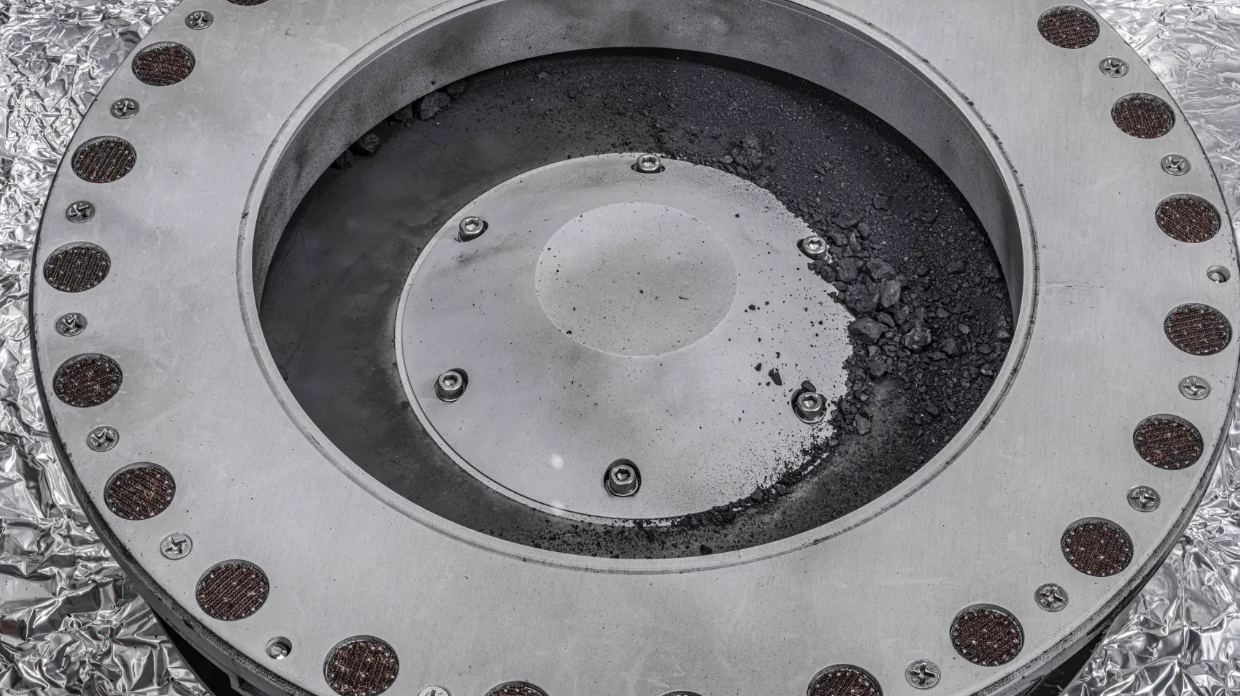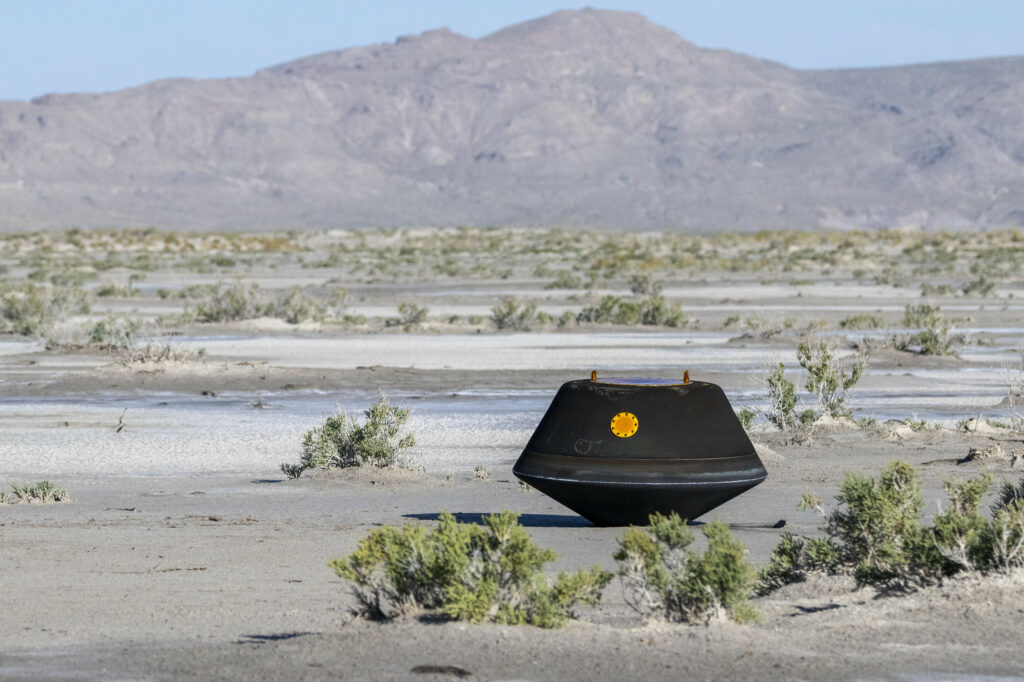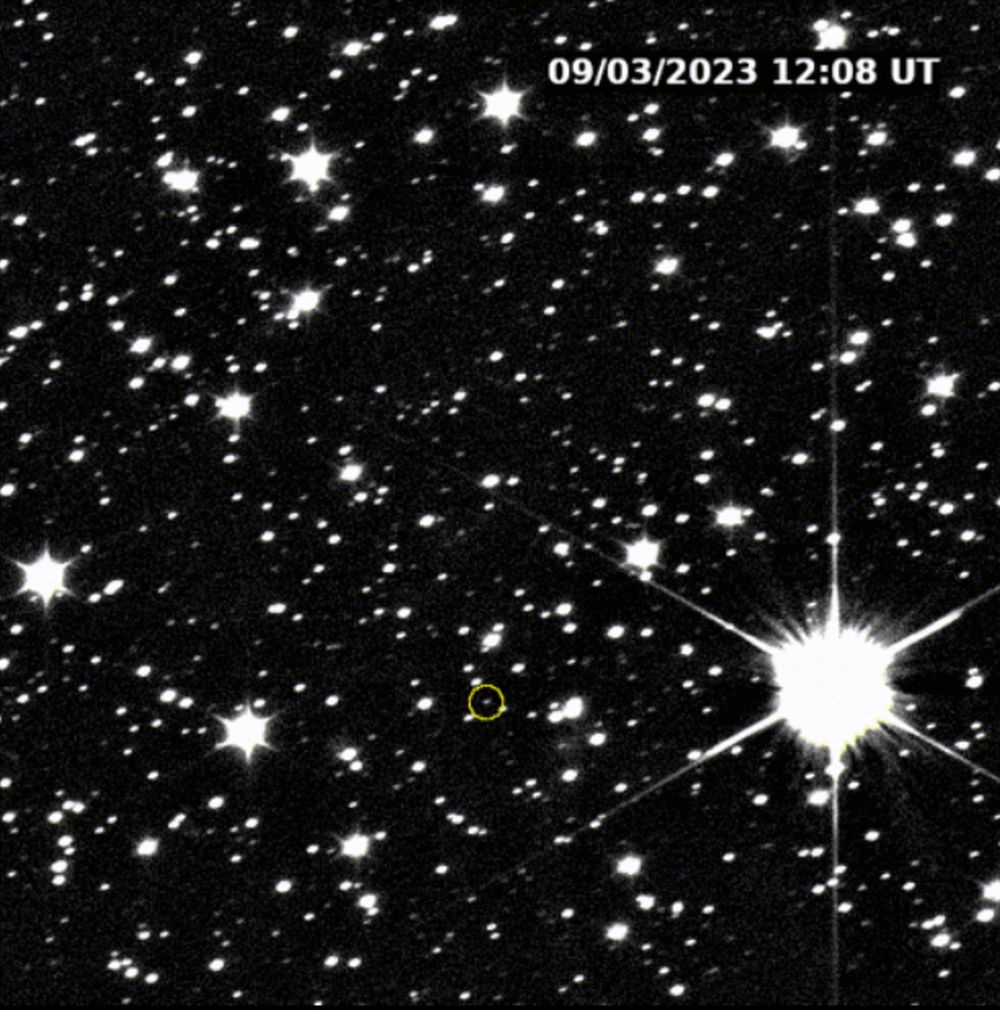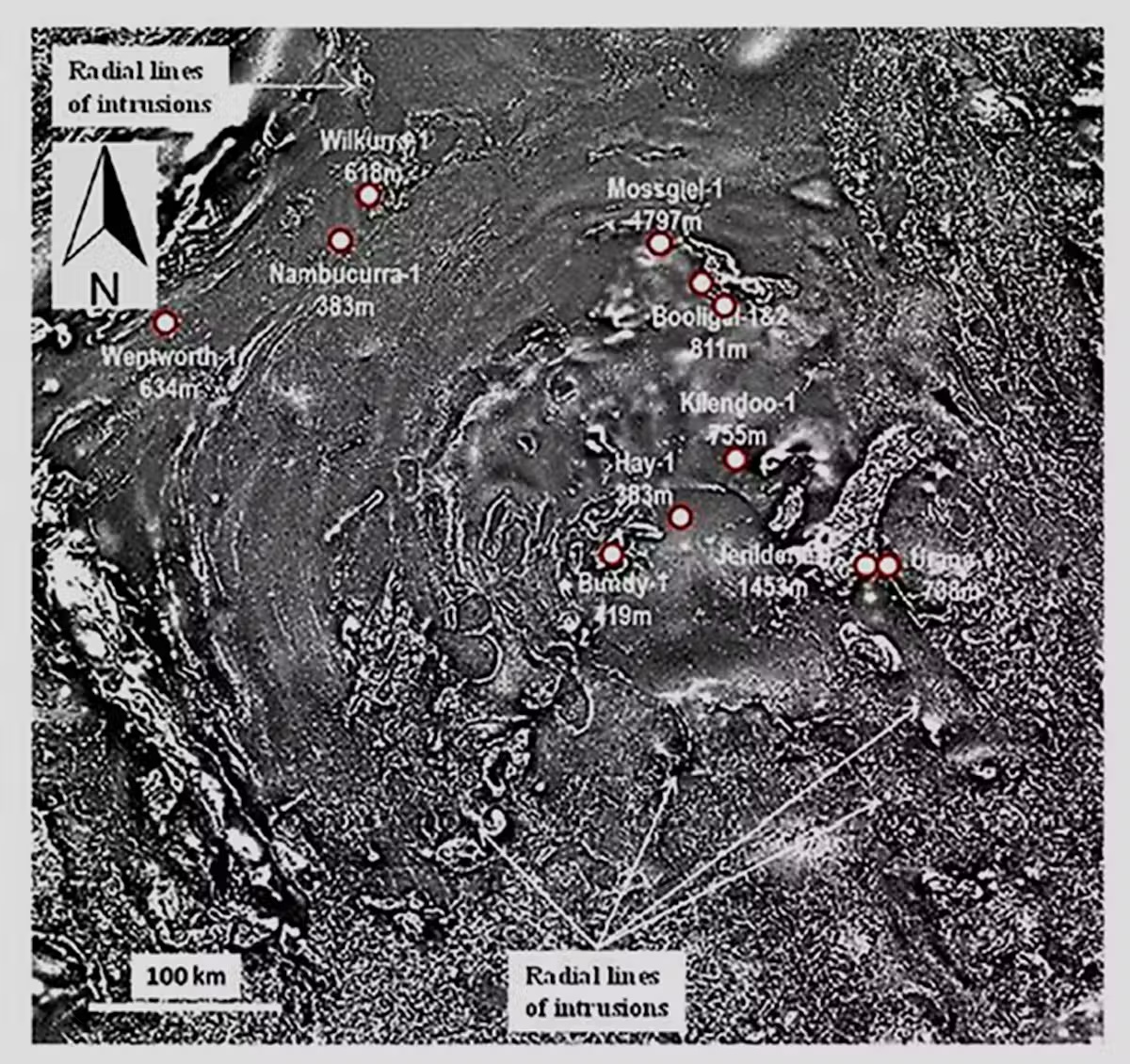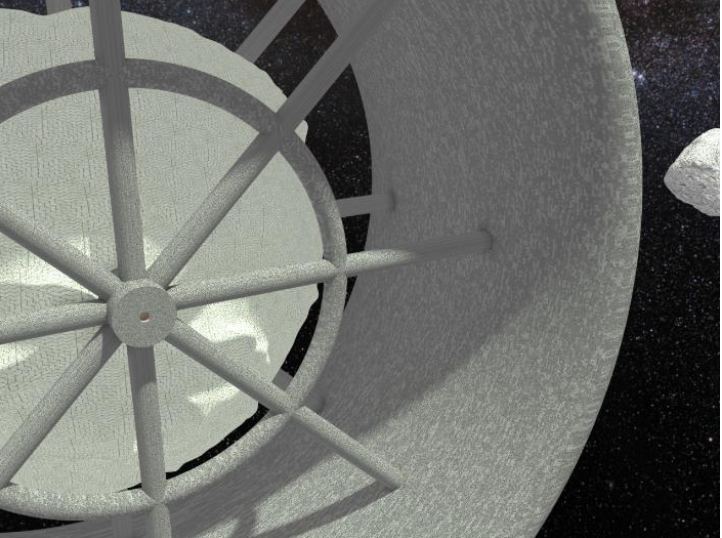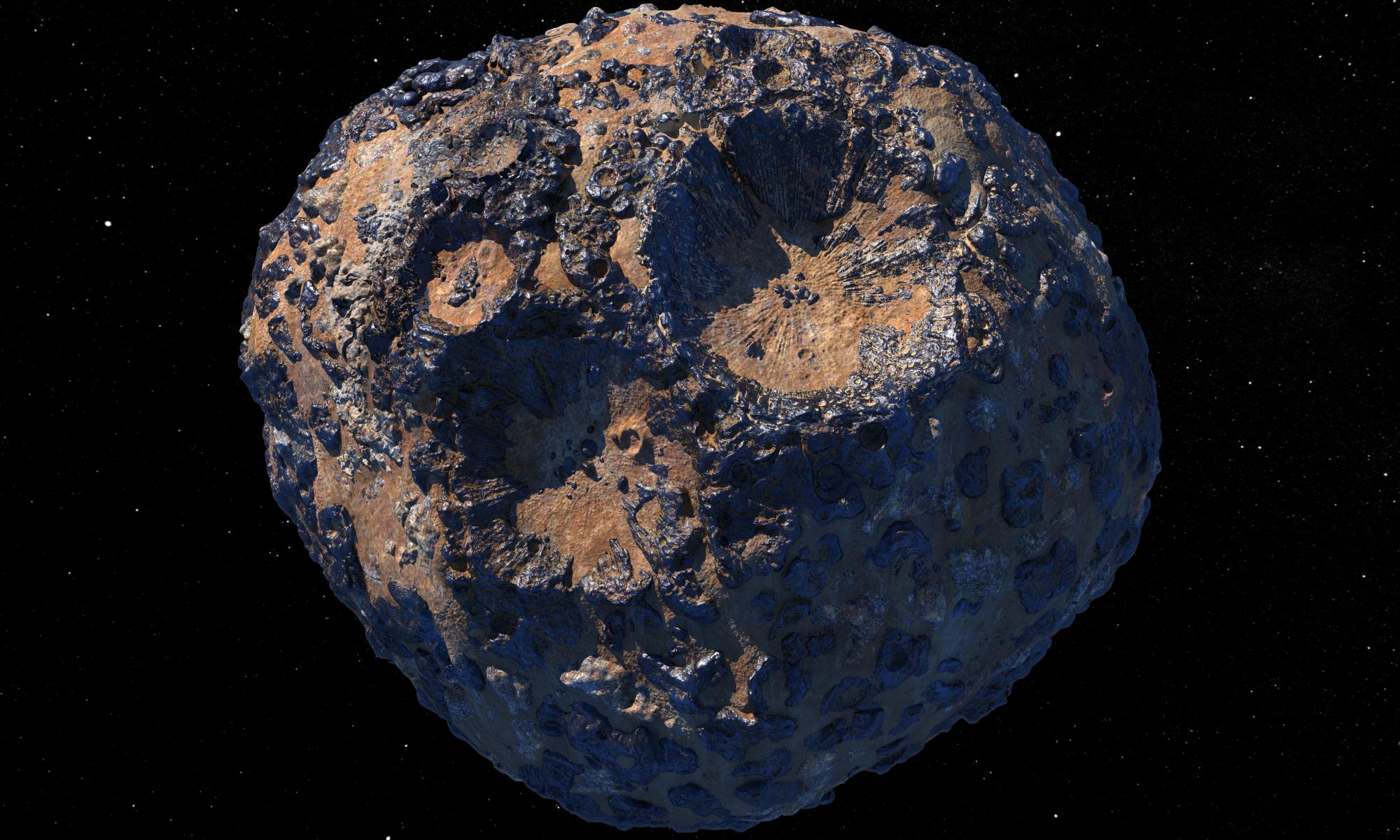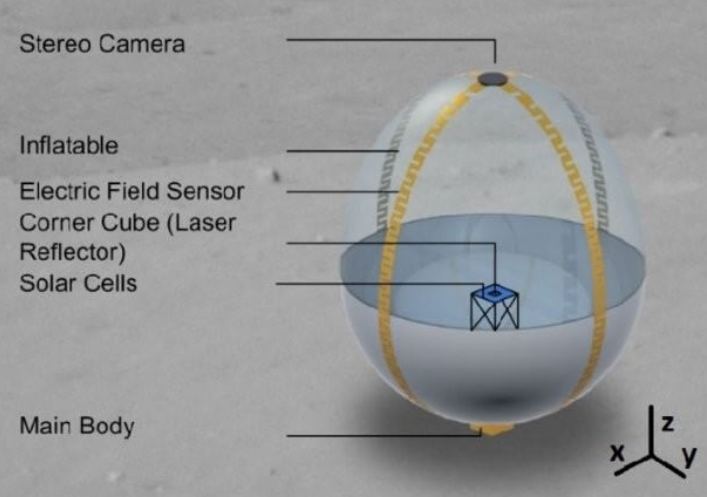Carbon and water are so common on Earth that they’re barely worth mentioning. But not if you’re a scientist. They know that carbon and water are life-enabling chemicals and are also links to the larger cosmos.
Initial results from OSIRIS-REx’s Bennu samples show the presence of both in the asteroid’s regolith. Now, eager scientists will begin to piece together how Bennu’s carbon, water, and other molecules fit into the puzzle of the Earth, the Sun, and even the entire Solar System and beyond.
Continue reading “OSIRIS-REx Returned Carbon and Water from Asteroid Bennu”
